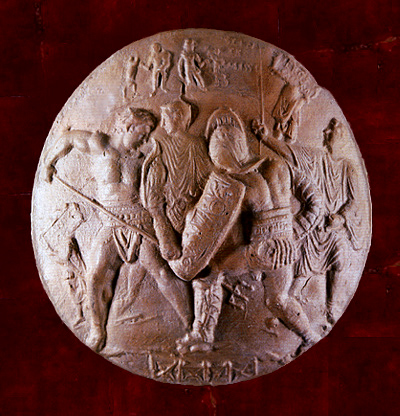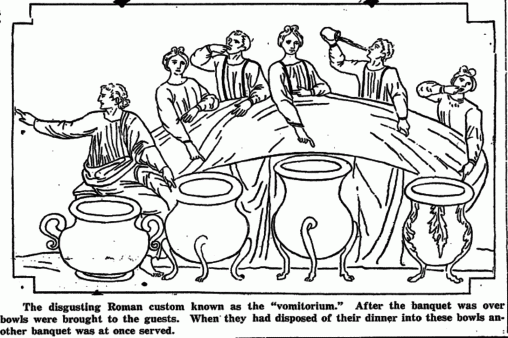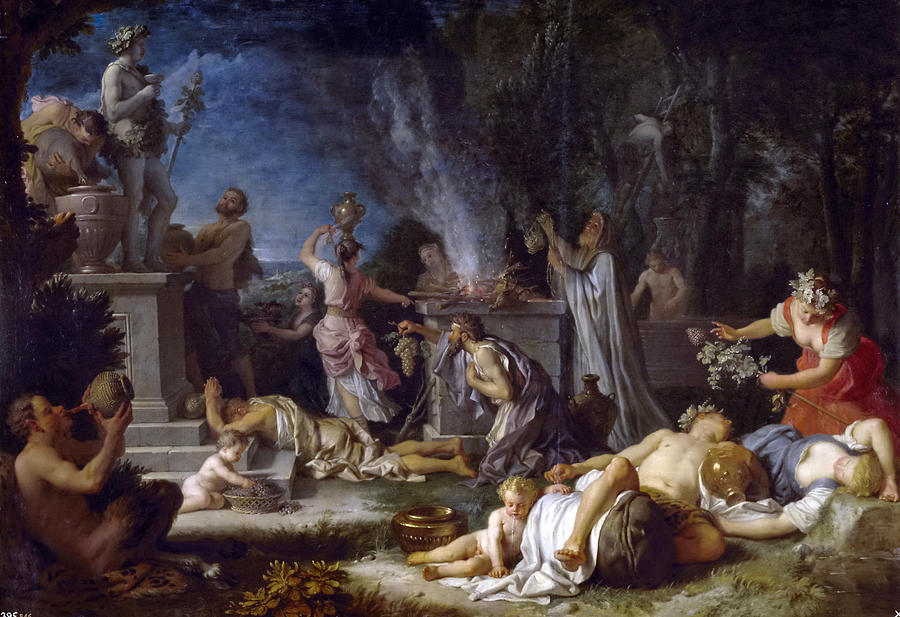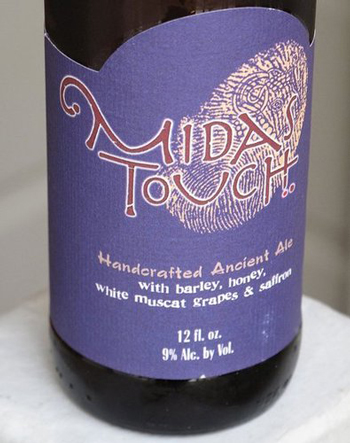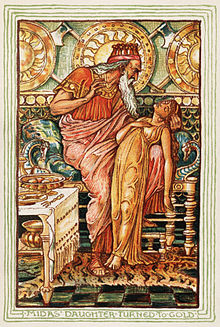
How many of us have woken up the next morning questioning ourselves–“Did I really just do that?” Those drunken speeches in jolly confessional that were regrettably recorded on video, the inebriated passion in the throes of another’s embrace, or phoning your ex while intoxicated to express exactly how you still feel about them. Sure, blame it on the alcohol–most people unwilling to accept personal accountability for their secret thoughts and desires will be the first to do so. It meant nothing, I didn’t mean it. But turns out, people have been using this excuse since the dawn of civilization and ancient historians have been calling us all out since the beginning. Drink up, losers, we’re going truth shopping.
…Then it is that all the secrets of the mind are revealed; one man is heard to disclose the provisions of his will, another lets fall some expression of fatal import, and so fails to keep to himself words which will be sure to come home to him with a cut throat. And how many a man has met his death in this fashion! Indeed, it has become quite a common proverb, that “in wine, there is truth.”
Pliny the Elder, Naturalis Historia (Book 14, Ch. 28 Drunkenness)
Not unsurprising, but we can find allusions to the value of drunk minds speaking sober truths all the way back to the 5th century BC. Herodotus, ever the perennial scholar of cultural practices to gawk at, details a custom observed by the Persians in his Histories. According to him, it was common among the Persians that if there were a judgement to be made about a serious decision, it should first be talked over while completely smashed on wine. Afterwards, the decision would then be reviewed the next morning while sober before anyone made any final approval on the matter. If it all still sounded like a good idea while kneading a hangover headache, the measure passed. The same went for the other way around–anyone with a decent thought in the light of day had to wait for everyone to reconsider it first while drunk, you know, just to make sure. [Herodotus, Histories Book 1, 133.] Anyone envisioning any sort of impracticality with this method should be reminded that these tipsy Persians held down an enormous empire for at least 200 years with much success–and would have gotten away with it too if it weren’t for that meddling Alexander the Great.

The idea of the truth being found at the bottom of a glass of booze is so pervasive, that some form of In Vino Veritas exists across most cultures around the world in some lyrical thought. “After wine blurts truthful speech”, “What the sober hold in their heart is on the drinker’s tongue”, “A drunken mouth speaks from the bottom of the heart”, the implications here are endless.
When wine enters, secrets are revealed.
Eruvin, Talmud. 65a
So how much honesty really is in the events and words spoken when inhibitions are down, when a person has no reason to stop actions from tumbling out after a tonic of Gin and truth serum? Idioms are one thing, but is there any science or psychological backing to tell us that being an idiot in our drunken moments is exactly who and what we are deep down?
Duh.
Alcohol can’t make you think or feel things
MD Gary L. Malone, Psychiatrist, Is Alcohol a Truth Serum?
One recent psychological study measured the difference between how someone would rate themselves sober versus who they thought they were while drunk…compared to observers who really didn’t notice a change in personality at all between the two states, actually. Except, of course, in being a bit more openly social. Which is exactly the idea behind being more of your true self while intoxicated. [R.P. Winograd, D. Steinley, S.P. Lane, & K.J. Sher 2017]
And despite this, the correlation between using alcohol as ‘an excuse’ for sexual behavior and as a justification for the action itself can be easily measured too–and it turns out, according to this study, a lot of people intentionally use alcohol to lower sexual inhibitions AND to also use it as the blame both before and after the consideration. [T.V. Ven & J. Beck 2009]

So, no, getting drunk doesn’t make you a different person AND we also know people are intentionally pretending otherwise to justify behavior they would otherwise not want others to assume they were always capable of while sober. What we do know about alcohol’s effects on the brain, however, is that it results in a surge of dopamine and serotonin (feel good hormones) and it also effects the limbic system which is the seat of the brain that aids in behavioral responses to stimuli and is thought of as primal–the part that would result in lowered inhibitions and any ‘fears’ of expressing the true self. [Hackensack Meridian Health] Essentially, alcohol forces us to be in an Eckhart Tolle ‘here and now’ present where impulse control is minimal, everything is keenly felt in the moment, and with the courage to express it without thinking it through.
For once, the ancient wisdom on the matter may actually have some scientific credibility. So next time you’re facing down a person leaning heavy on the self-preservation that comes with denying their intentions last night because they ‘drank too much’ (or if you’re the one in self-denial) you can either point to the PhD’s or long dead scholars of history. In Vino Veritas.
I’m not bitter but the truth is. Or maybe that, too, is the wine.









